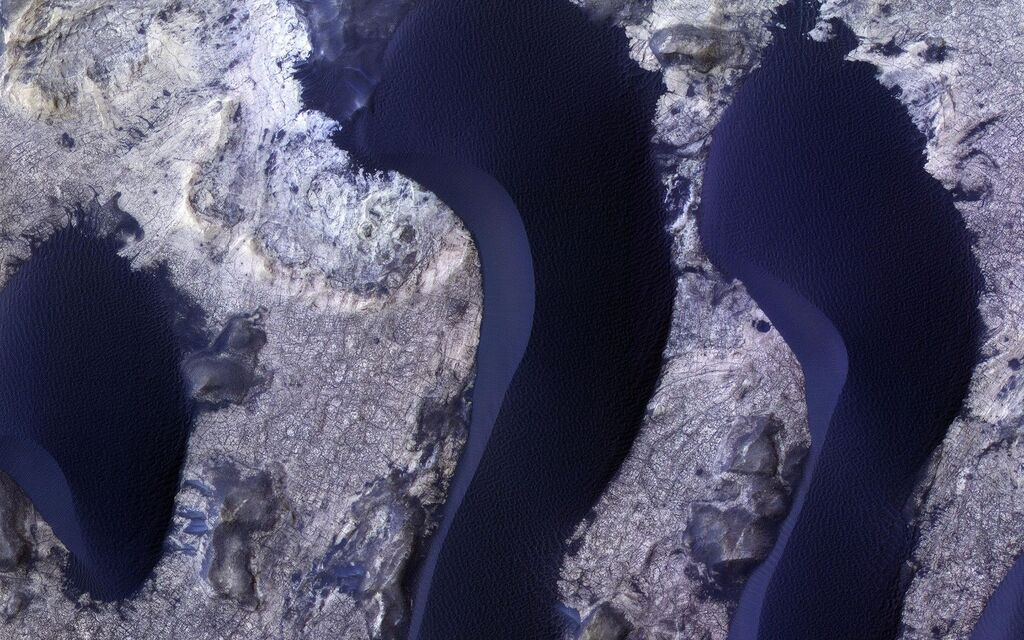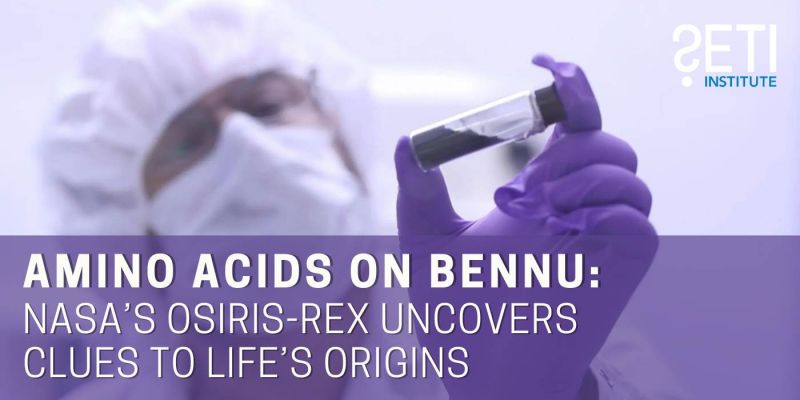
Planetary Picture of the Day
Week of December 2, 2024
Moons, dunes, and a view of the Earth are highlighted in this week's images.
Monday, 2 December 2024

Close up on Tupan Patera on Io
Tupan Patera is an active volcano on Jupiter's moon, Io, that consists of a volcanic crater 79 kilometers across and 900 meters deep. First seen in low-resolution observations by the two Voyager spacecraft in 1979, subsequent data came from the Galileo spacecraft in 1996. The volcano was formally named Tupan Patera, after the thunder god of the Tupí-Guaraní indigenous peoples in Brazil, by the International Astronomical Union in 1997. Image taken by Galileo on 16 October 2001.
Tuesday, 3 December 2024

Dunes in Meridiani Planum, Mars
This image, acquired on January 15, 2022, by NASA's Mars Reconnaissance Orbiter, shows dune fields across Mars with good views of the bedrock structures and colors. The dunes are naturally red-brown. The blue filter provides scientific information on the shape and texture of the sand grains. These barchan dunes can reach 100 m in width, sometimes more.
Wednesday, 27 December 2024

Titan and Rhea
This image of two moons of Saturn - Titan and Rhea - was captured by NASA's Cassini spacecraft on 10 December 2011. The distance to Titan was 2.038 million km, and to Rhea was 1.329 million km. Note the hazy atmosphere of Titan!
Thursday, 5 December 2024

Southern Africa from the International Space Station
International Space Station crew members captured this image looking back at the southern part of Africa as the station crossed into night on July 4, 2017. The edge of the atmosphere can clearly be seen above the curve of Earth.
Friday, 6 December 2024

JunoCam Image of Europa
This view of Jupiter's icy moon Europa was captured by JunoCam, the public engagement camera aboard NASA's Juno spacecraft, during the mission's close flyby on Sept. 29, 2022.
JunoCam took the image at an altitude of 1,521 kilometers above a region of the moon called Annwn Regio. In the image, the terrain beside the day-night boundary is revealed to be rugged, with pits and troughs. Numerous bright and dark ridges and bands stretch across a fractured surface, revealing the tectonic stresses that the moon has endured over millennia. The circular dark feature at the lower right is Callanish Crater.
JunoCam images of Europa help fill in gaps in the maps from images obtained during NASA's Voyager and Galileo missions.





